Tech Sector Boosts S&P 500 as Amazon Hits $2 Trillion Market Cap | Daily Market Analysis
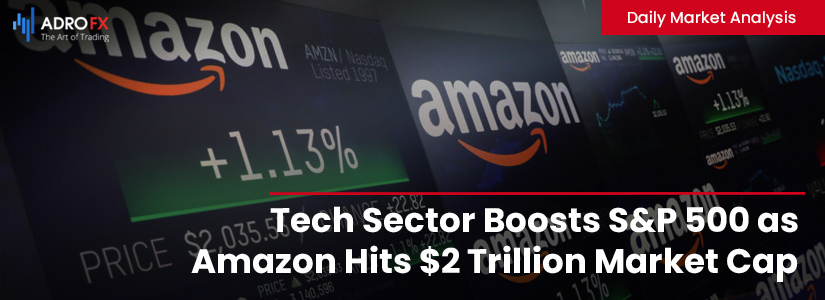
Key events:
- UK - BoE Gov Bailey Speaks
- Eurozone - ECB's Elderson Speaks
- USA - Durable Goods Orders (MoM) (May)
- USA - GDP (QoQ) (Q1)
- USA - Initial Jobless Claims
The S&P 500 closed slightly higher on Wednesday, buoyed by a record surge in Amazon, which lifted the tech sector ahead of upcoming inflation data.
The S&P 500 rose by 0.1%, while the NASDAQ Composite increased by 0.5%. The Dow Jones Industrial Average climbed 16 points, or 0.04%.
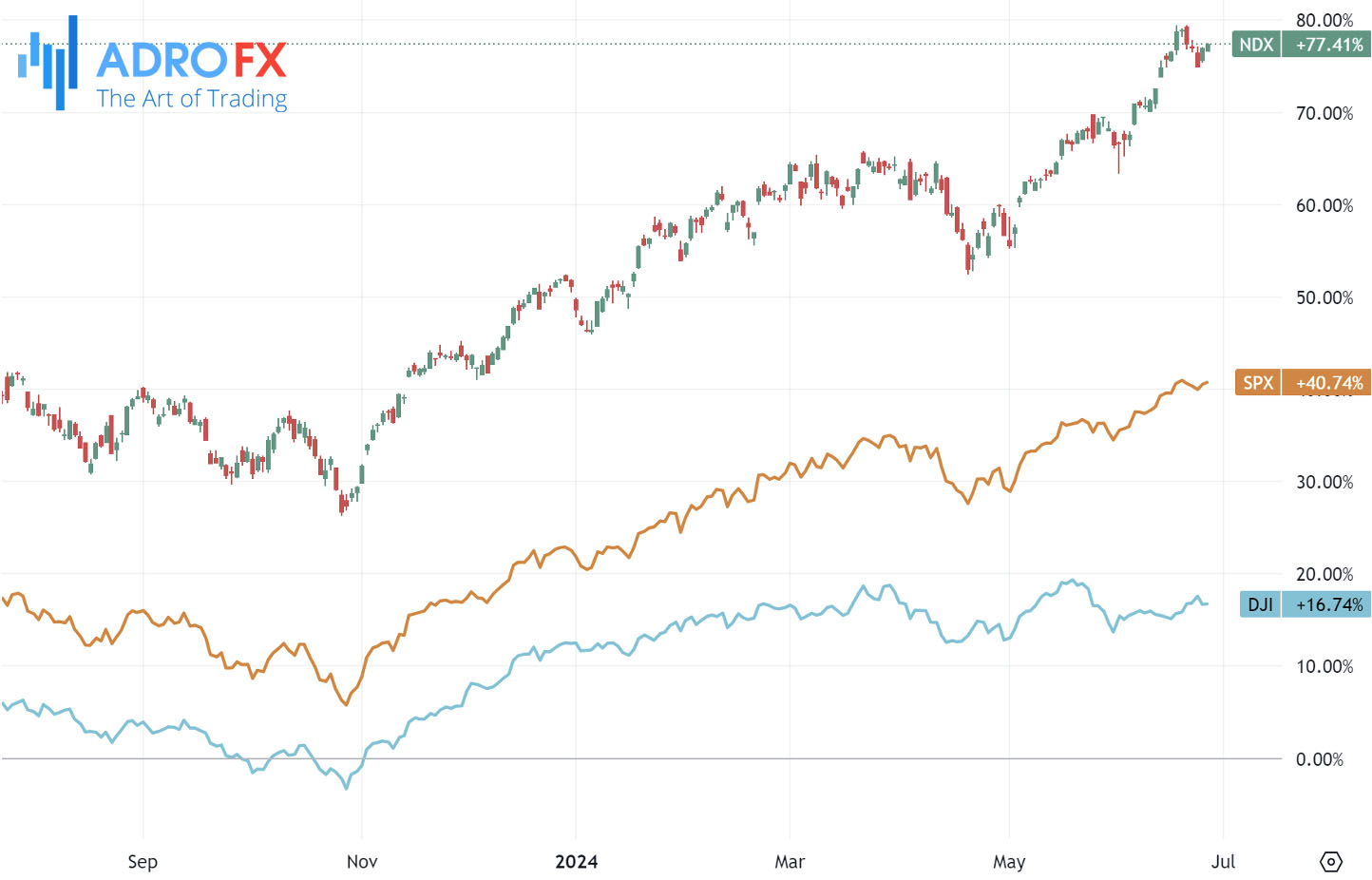
NVIDIA Corporation shed its early gains to end just above flat, following a 7% rally the previous day. Despite this, investor sentiment remains positive due to the company's AI-driven growth, which has resulted in double-digit percentage gains this year.
Amazon.com Inc hit a record high, gaining 4% and pushing its market capitalization to $2 trillion.
Gold prices are struggling to make a significant recovery from the nearly two-week low reached the previous day, hovering around $2,300 during Thursday's Asian session. The Federal Reserve's more hawkish stance following the June meeting, along with policymakers advocating for only one interest rate cut this year, supports elevated US Treasury yields, posing a challenge for gold.
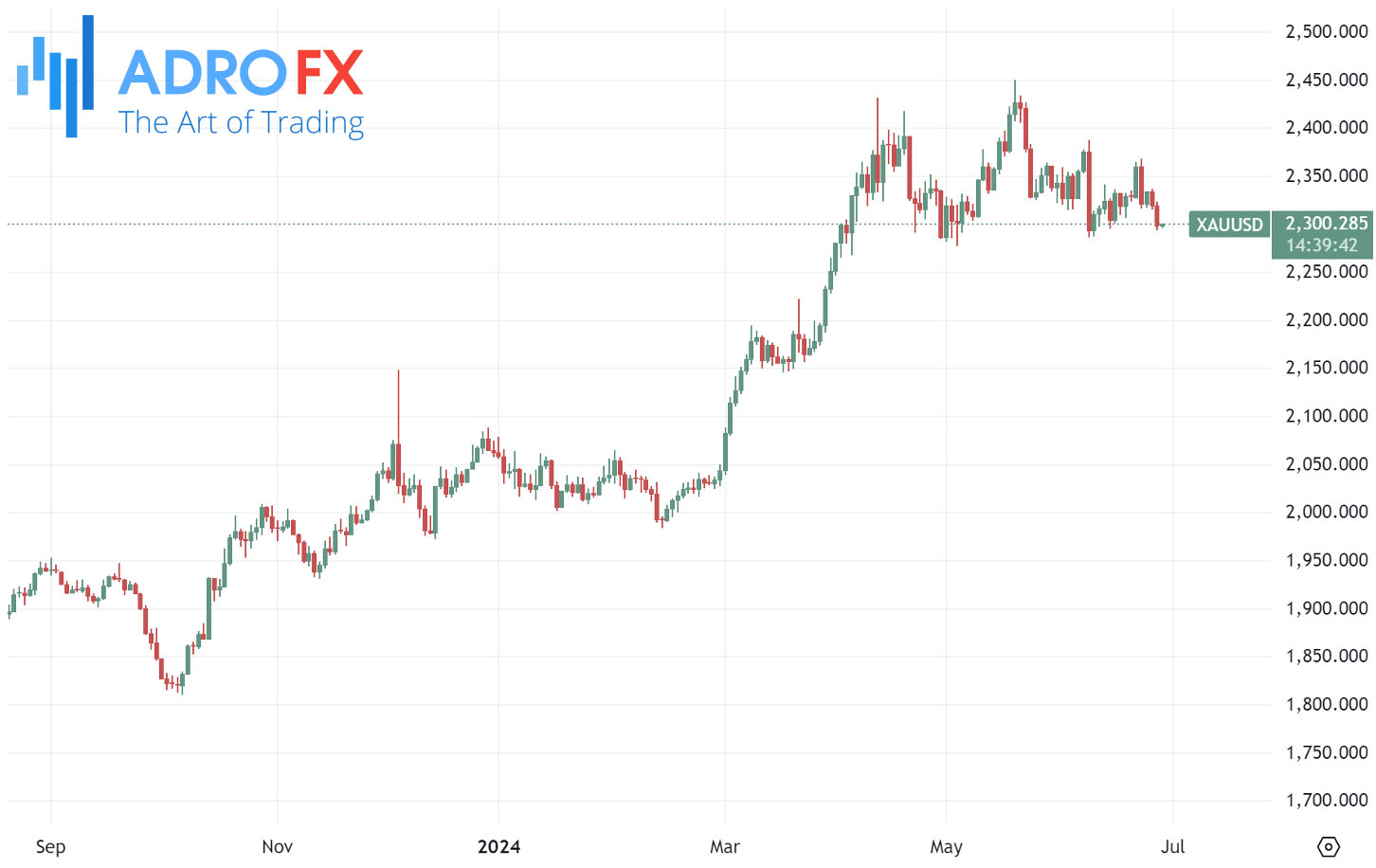
However, signs of easing inflationary pressures in the US keep the possibility of a September rate cut by the Fed in play. This hinders the US Dollar from capitalizing on its recent surge to a nearly two-month high. Additionally, a softer tone in equity markets, ongoing geopolitical tensions, and political uncertainty offer some support to the safe-haven gold price.
The NZD/USD pair demonstrates strength just below the 50-day Simple Moving Average, showing a modest recovery from the 0.6070-0.6065 range, marking its lowest level since mid-May during the Asian session on Wednesday. This upward movement brings the pair to a new daily high around the 0.6085 zone, supported by a slight weakness in the US Dollar.
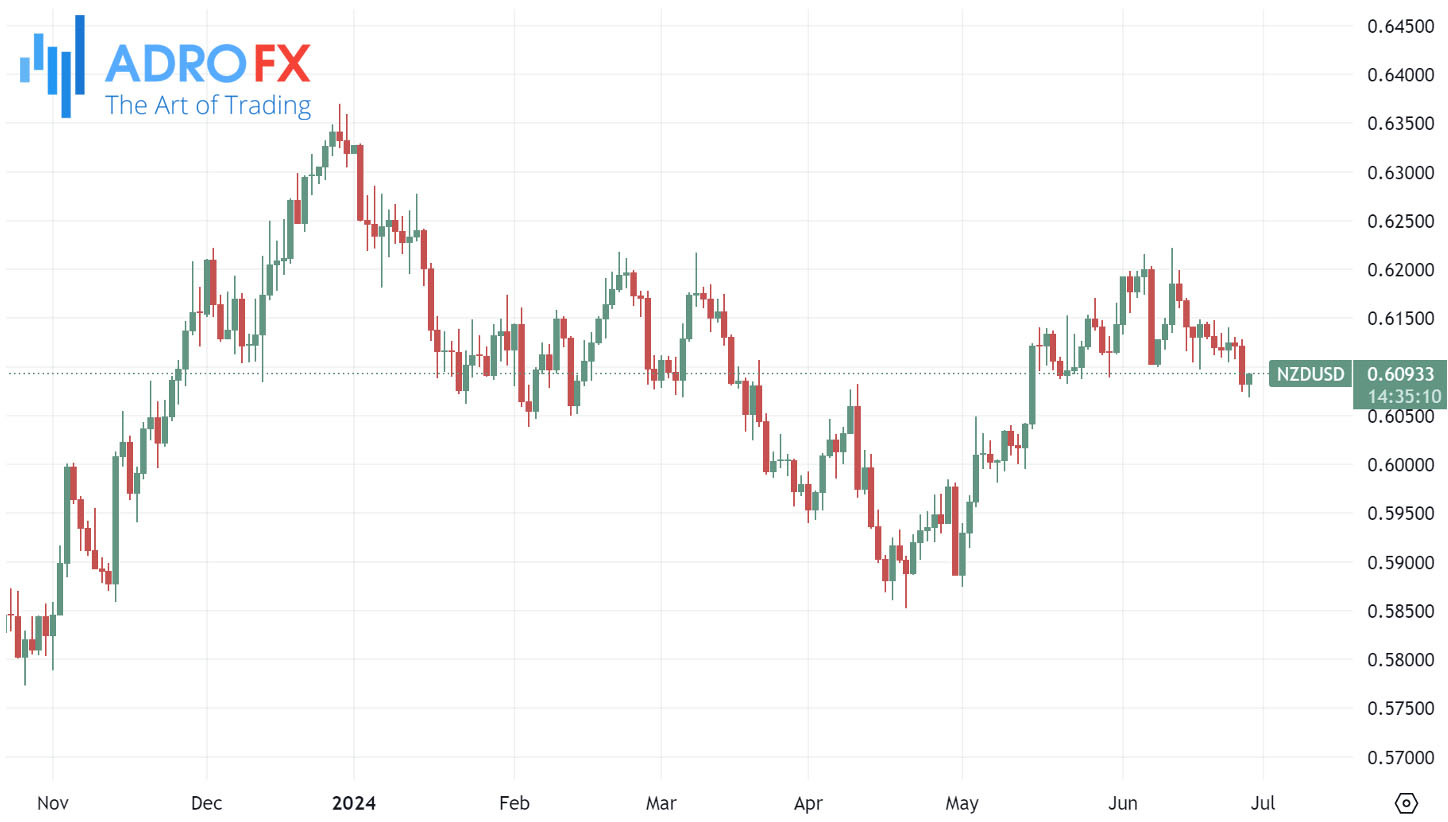
The USD Index pulls back from its recent rise to a nearly two-month high as traders speculate about a potential Federal Reserve interest rate cut in September. Despite this, the intraday decline of the USD lacks a clear fundamental catalyst and is expected to be limited due to the Fed's hawkish outlook, which predicts only one interest rate cut in 2024.
Meanwhile, the GBP/USD pair finds support near the 1.2615-1.2610 range, its lowest level since mid-May, reversing part of the previous day's decline. The pair is trading around 1.2630, up slightly by less than 0.10% for the day, as traders await key US macroeconomic data before making further directional bets.

The USD/CAD pair sees minor gains and losses during Thursday's Asian session, currently near the 1.3700 mark after pausing its rebound from the 1.3620-1.3615 region, a three-week low touched on Tuesday. Traders are looking forward to US macroeconomic data releases for short-term trading opportunities.

Market attention is on Friday's US PCE Price Index, the Fed's preferred inflation gauge, which will influence expectations about future policy decisions and drive USD demand. Thursday's US economic reports, including the final Q1 GDP print, Durable Goods Orders, Initial Weekly Jobless Claims, and Pending Home Sales, will also provide short-term trading insights.
The Canadian Dollar gains support from reduced expectations of a July rate cut by the Bank of Canada following a surge in domestic consumer inflation in May. This limits the upside for the USD/CAD pair, though a drop in crude oil prices weighs on gains for the commodity-linked Loonie.
The Energy Information Administration reported an unexpected rise in US inventories, raising concerns about weak demand from the world's top oil consumer, which weighs on oil prices. However, fears of supply disruptions in Russia and the Middle East help prevent deeper losses in crude oil prices. Consequently, it is prudent to wait for sustained buying before predicting further appreciation for the USD/CAD pair.
The AUD/USD remains stable around 0.6650 during Thursday's Asian session, following gains in the previous session. The Australian Dollar is supported against the US Dollar by heightened inflation concerns, fueling speculation that the Reserve Bank of Australia might raise interest rates in August.
Australia’s Consumer Inflation Expectations rose to 4.4% in June from 4.1% in May, reflecting ongoing cost pressures and inflation above the RBA's target range of 2%-3% due to persistently high service costs. The CPI increased by 4.0% in the year to May, up from 3.6% in April, exceeding market expectations of 3.8%.
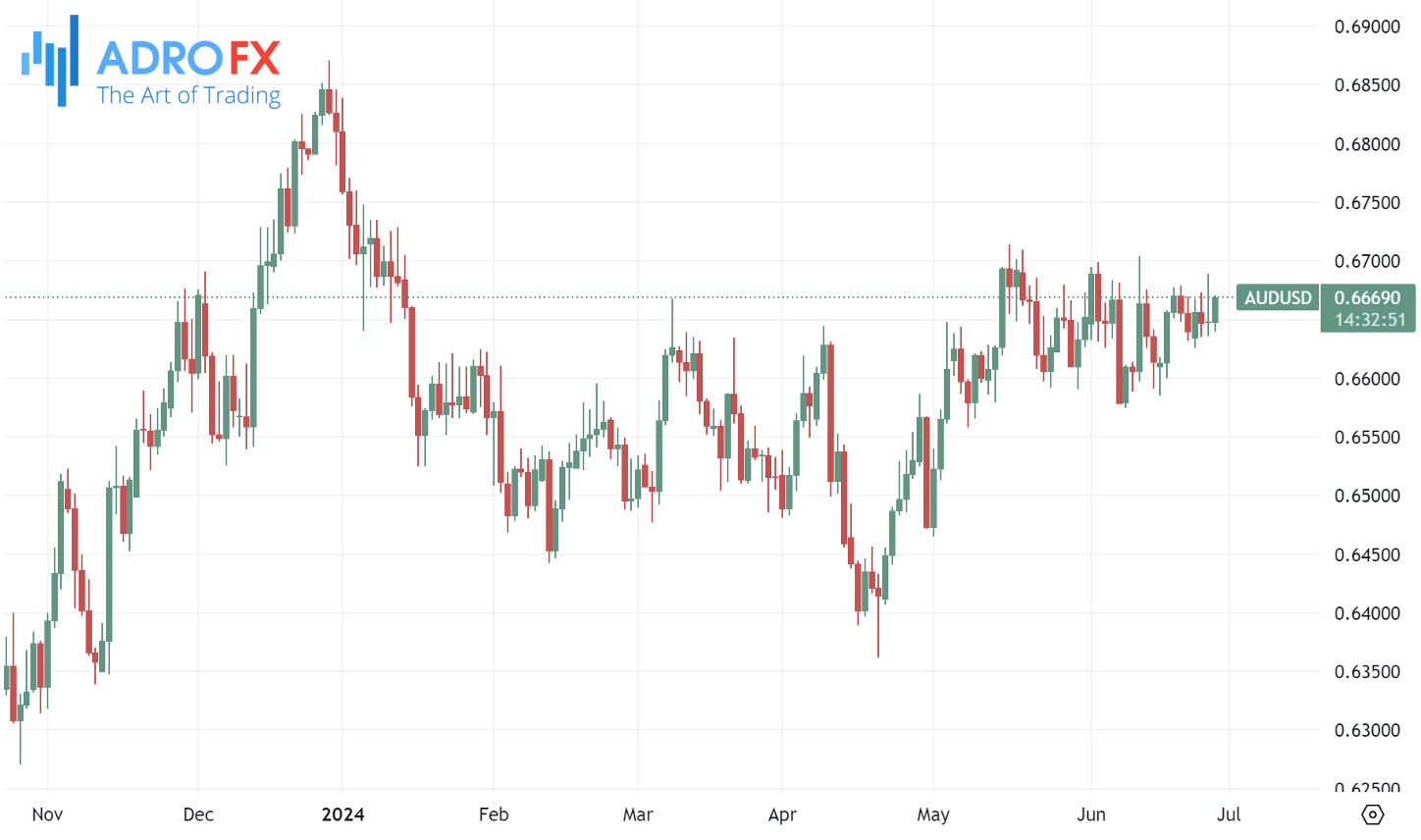
RBA Assistant Governor Christopher Kent emphasized the need for vigilance regarding potential inflation increases, noting that current policies are slowing demand growth and lowering inflation. He also stated that no options for future interest rate adjustments are being excluded.







